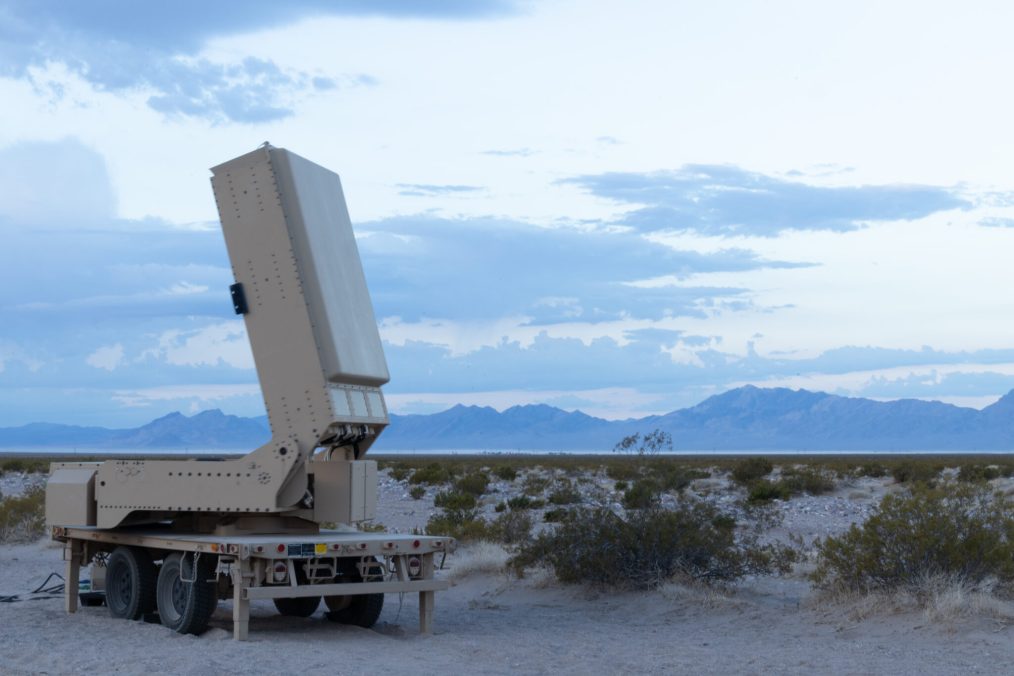
High-power microwave ‘force field’ knocks drone swarms from sky
In the Mix of Counter-UAS Systems Under Development Today, Only One Technology, High-Power Microwave (HPM), is Specifically Designed to Take Out Swarms of Drones All at Once
Attacking drone swarms have become a common feature in modern warfare, posing significant challenges to traditional defensive systems. Most current counter-unmanned aerial system (C-UAS) solutions rely on kinetic interceptors, lasers, or jamming technology, all of which are limited to engaging one threat at a time. However, high-power microwave (HPM) technology is emerging as a critical solution capable of neutralising entire swarms simultaneously.
HPM represents a shift in defensive strategies, enabling a “one-to-many” approach to counter multiple airborne threats at once. The U.S. Department of Defence is actively experimenting with HPM to disable drone swarms and other electronic-reliant devices. Unlike kinetic or laser-based solutions, which require precise targeting of individual drones, HPM systems can create an area-wide electromagnetic disruption, effectively disabling multiple drones in a single engagement.
The U.S. Army has been at the forefront of developing HPM-based counter-swarm systems. Under the Integrated Fires Protection Capability High Power Microwave (IFPC-HPM) program, prototype systems have been deployed to evaluate their effectiveness in real-world scenarios. These systems generate a persistent field of electromagnetic energy, which disrupts drone electronics, causing malfunctions or complete system failures. The ability to generate an electromagnetic shield makes HPM particularly effective for defending high-value assets, including military bases, airfields, and critical infrastructure.
The operational concept of HPM involves positioning multiple units to create overlapping electromagnetic fields, forming a defensive perimeter. This ensures 360-degree protection against drone swarms and other electronic threats. Once deployed, HPM systems can function indefinitely at minimal operational cost, requiring only electrical power. This efficiency stands in stark contrast to kinetic interceptors, which are limited by ammunition supply and require continual resupply in extended engagements.
Beyond countering drone swarms, HPM technology has broader applications in electronic warfare. It can disrupt various electronic systems, including vehicle engines, communication networks, and surveillance equipment. This capability provides a significant advantage in asymmetric warfare scenarios, where adversaries often rely on commercially available electronics for operational effectiveness.
The future of HPM technology lies in its integration with existing defence infrastructure. As threats evolve, incorporating HPM into layered defence strategies will be essential for ensuring comprehensive protection against emerging drone and electronic warfare threats. The ability to neutralize entire swarms instantaneously offers a decisive advantage in modern combat, reinforcing HPM’s role as a critical component in next-generation air defence systems.
As global adversaries continue to develop autonomous and networked drone swarms, investing in scalable and efficient countermeasures like HPM becomes imperative. With its ability to provide a persistent, cost-effective, and highly adaptable defence solution, HPM is poised to redefine how high-value assets are protected in the modern battlefield.



